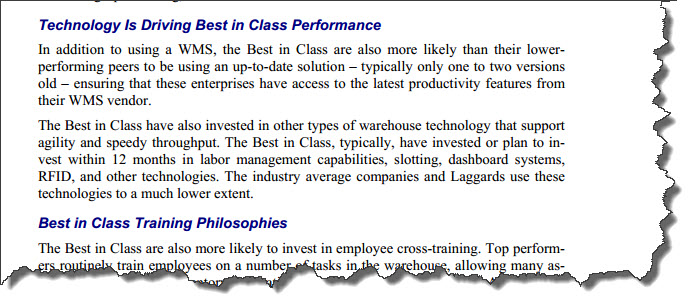On October 1, 1908, the first production Model T Ford is completed at the company's Piquette Avenue plant in Detroit. Between 1908 and 1927, Ford would build some 15 million Model T cars.
Henry Ford introduced revolutionary new mass-production methods, including large production plants, the use of standardized, interchangeable parts and, in 1913, the world's first moving assembly line for cars.
The assembly line reduced production costs for cars by reducing assembly time. Ford's famous Model T was assembled in ninety-three minutes.
Each department, in the manufacturing process was broken down into its constituent parts. These sub-assembly lines were set up in each area until, as Henry was heard to remark, "everything in the plant moved." As a result, production speeds increased – sometimes they were up to four times faster.
The Model T started a rural revolution. The $5 day wage and the philosophy behind it, started a social revolution. The moving assembly line started an industrial revolution.
This week is the anniversary of the first Model T Ford and while it is a moment to celebrate, it is also a good time to think differently about the workplace and consider "What would Henry do?". Today's new technology has provided an opportunity for employees to be more empowered and efficient. In a warehouse or manufacturing workplace, mass production is not the solution for improving production and reducing waste.
According to the The Warehouse Management Benchmark Report by Aberdeen Group in 2006, for many companies, improved warehouse and distribution center productivity was a goal, but not an expected reality. Although companies’ top focus in warehouse improvement is cutting logistics costs, 6 out of 10 respondents reported that they have not been able to lower costs in the last two years. A majority of companies have also been unable to reduce customer order cycle times.
Top cost performers – the 25% of companies that were able to lower their warehousing costs by more than 10% – took some distinct actions.
The report goes on to say that compared to their lower-performing peers, the successful companies were more focused on:
- Creating an agile warehouse environment to support customer-specific demands
- Capturing warehouse metrics and activities and sharing them in real time
- Updating their current WMS system to take advantage of the new generation of technology that is service-oriented in nature and thus eager to integrate and reconfigure
- Using warehouse dashboards and analytics technology, which they have implemented to a higher degree than their peers
- Formally cross-training associates on several tasks and equipment
- Investing in more material handling automation, especially carousels
The Aberdeen Report also talks about how technology is driving "best-in-class performance".

In 2005 Newcastle Systems was founded and continues to manufacture best-in-class workstations with power to improve productivity in the workplace and create safer work environments. Case studies show how those companies which have integrated workstations into their workplace have seen improved productivity and accuracy with shipping.
In every facility there are wasted steps, long extension cords and opportunities to improve efficiencies.
Henry Ford started a revolution by creating a new system and adding technology. Newcastle Systems provides the easiest and most cost-effective way to implement "process" improvements" in the workplace which may be just what your company needs to start its own "revolution". The investment is minimal...but the measurable productivity gains are HUGE.
Our mobility audit will quickly help you examine your current workflow, identify areas of inefficiency and provide you with information on how mobility can improve your workplace. Download a copy of the Mobility Audit here.


